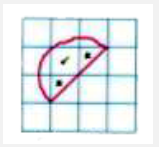What does the area of a load extension curve give?
To solve the question "What does the area of a load extension curve give?", we can break it down into the following steps:
Step 1: Understand the Load-Extension Curve
The load-extension curve is a graphical representation that shows the relationship between the load (force) applied to a material and the extension (deformation) it experiences.
Step 2: Identify the Area Under the Curve
In physics, the area under a graph represents the integral of the function plotted. For the load-extension curve, the area under the curve represents the work done on the material as it is stretched.
Step 3: Relate Work Done to Energy
The work done on the material is equivalent to the energy stored in the material due to the deformation. This energy is often referred to as elastic potential energy when the material returns to its original shape after the load is removed.
Step 4: Conclusion
Therefore, the area under the load-extension curve gives the work done or the energy required to stretch the material.
Final Answer
The area of the load-extension curve gives the work done to stretch the wire (or material), which is equivalent to the elastic potential energy stored in it.
---
The load-extension curve is a graphical representation that shows the relationship between the load (force) applied to a material and the extension (deformation) it experiences.
In physics, the area under a graph represents the integral of the function plotted. For the load-extension curve, the area under the curve represents the work done on the material as it is stretched.
The work done on the material is equivalent to the energy stored in the material due to the deformation. This energy is often referred to as elastic potential energy when the material returns to its original shape after the load is removed.
Therefore, the area under the load-extension curve gives the work done or the energy required to stretch the material.
The area of the load-extension curve gives the work done to stretch the wire (or material), which is equivalent to the elastic potential energy stored in it.
Similar Questions
Knowledge Check
- Question 1 - Select One
Within elastic limit, which of the following graphs correctly represents the variation of extension in the length of wire with the external load?
A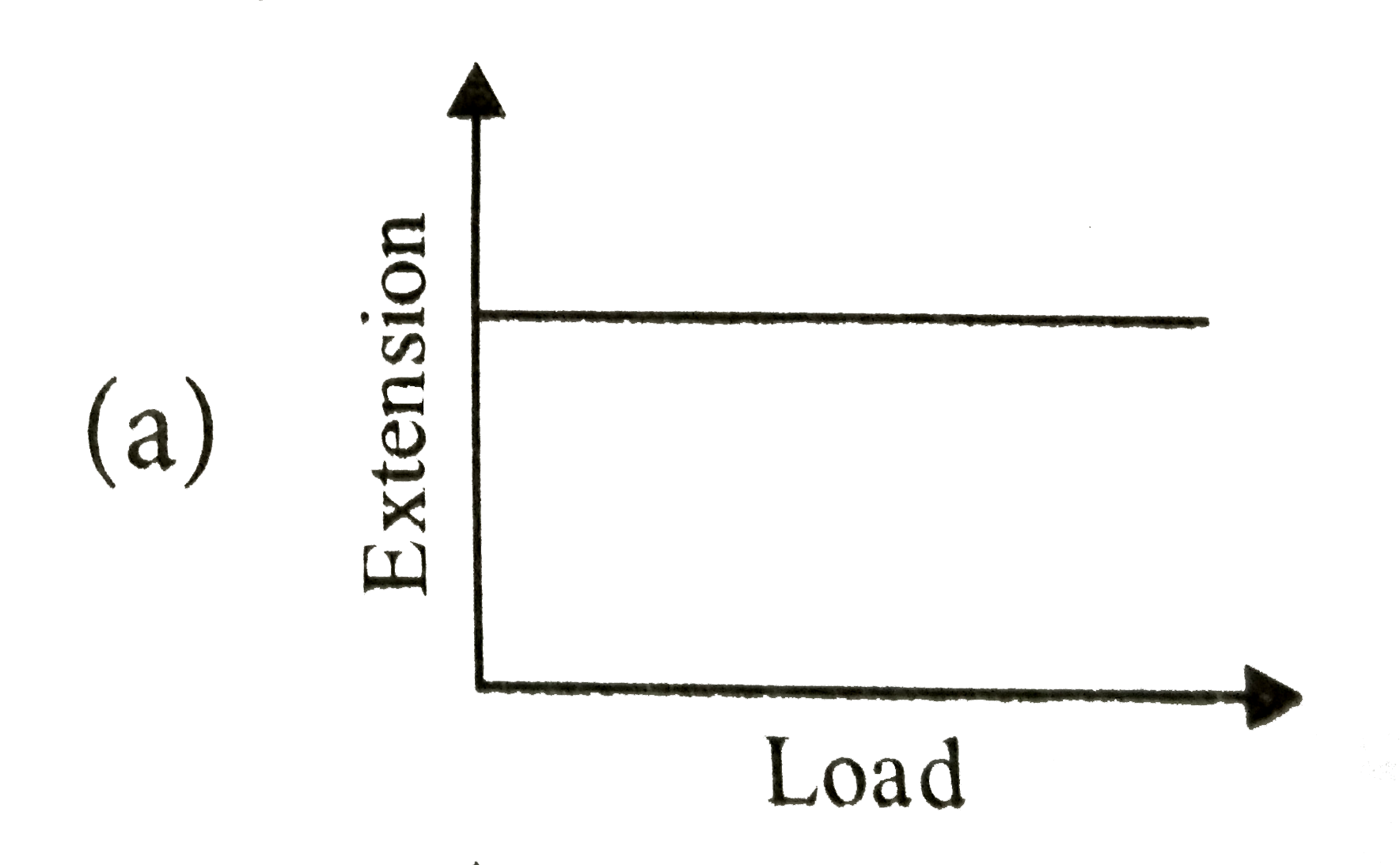 B
B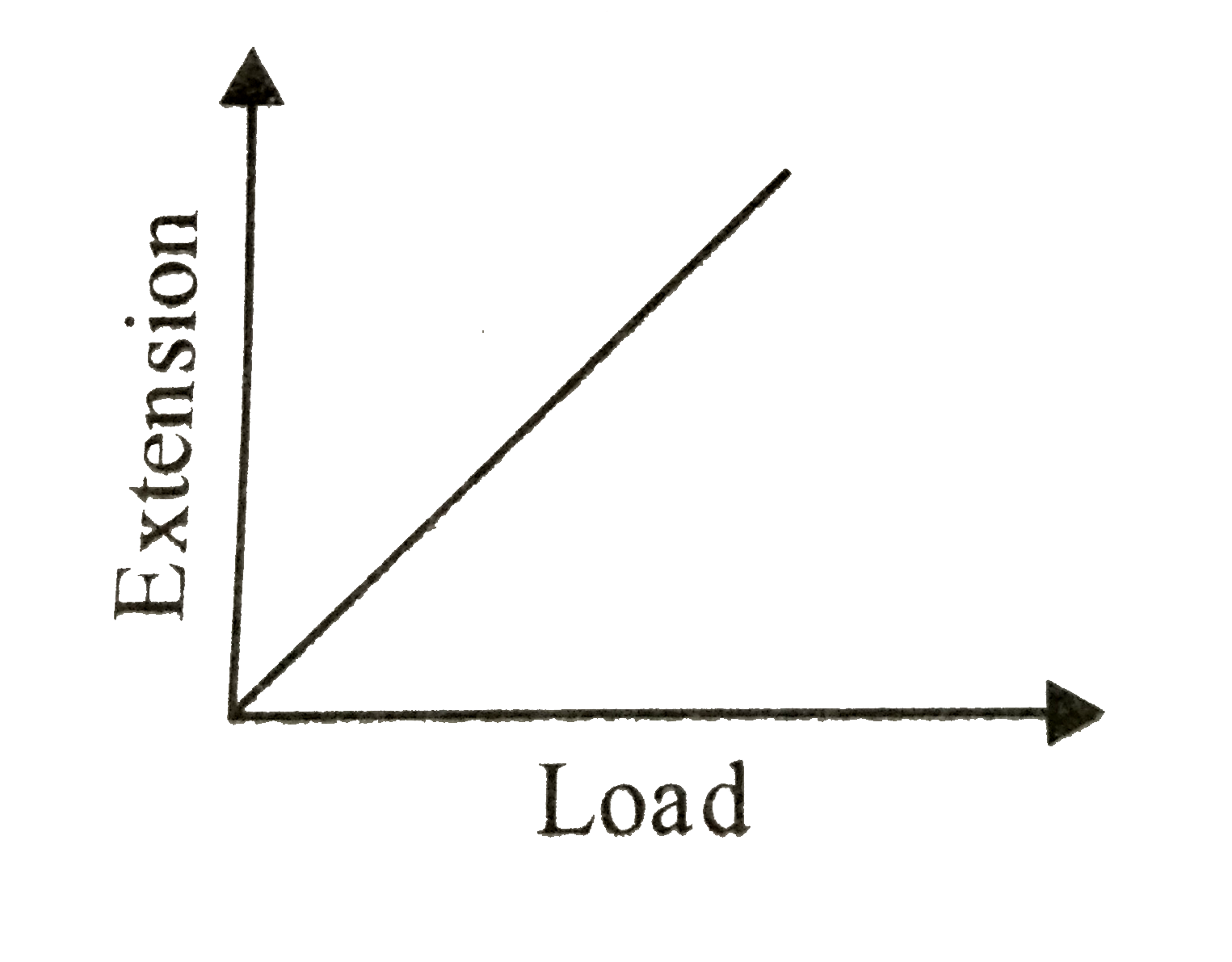 C
C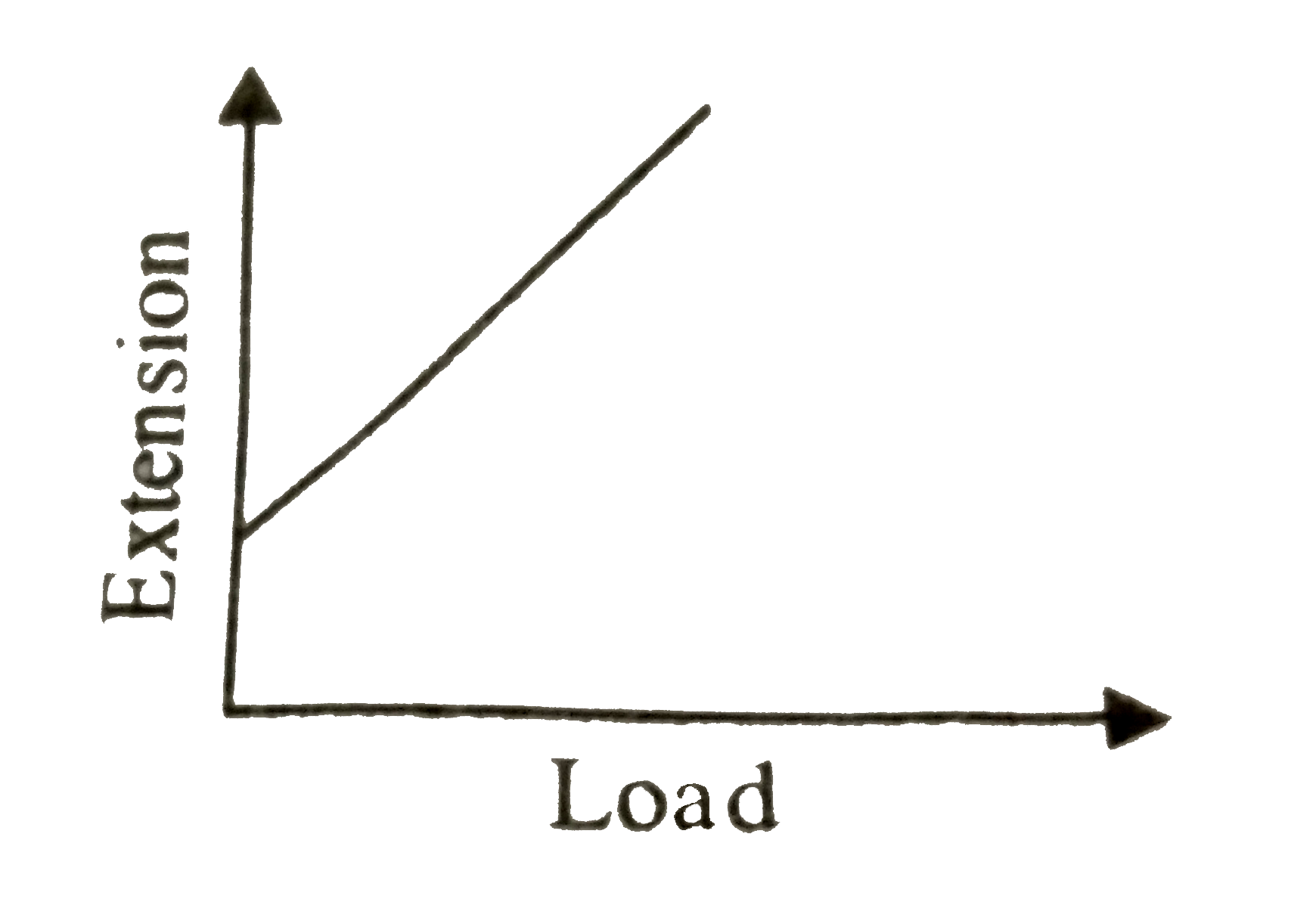 D
D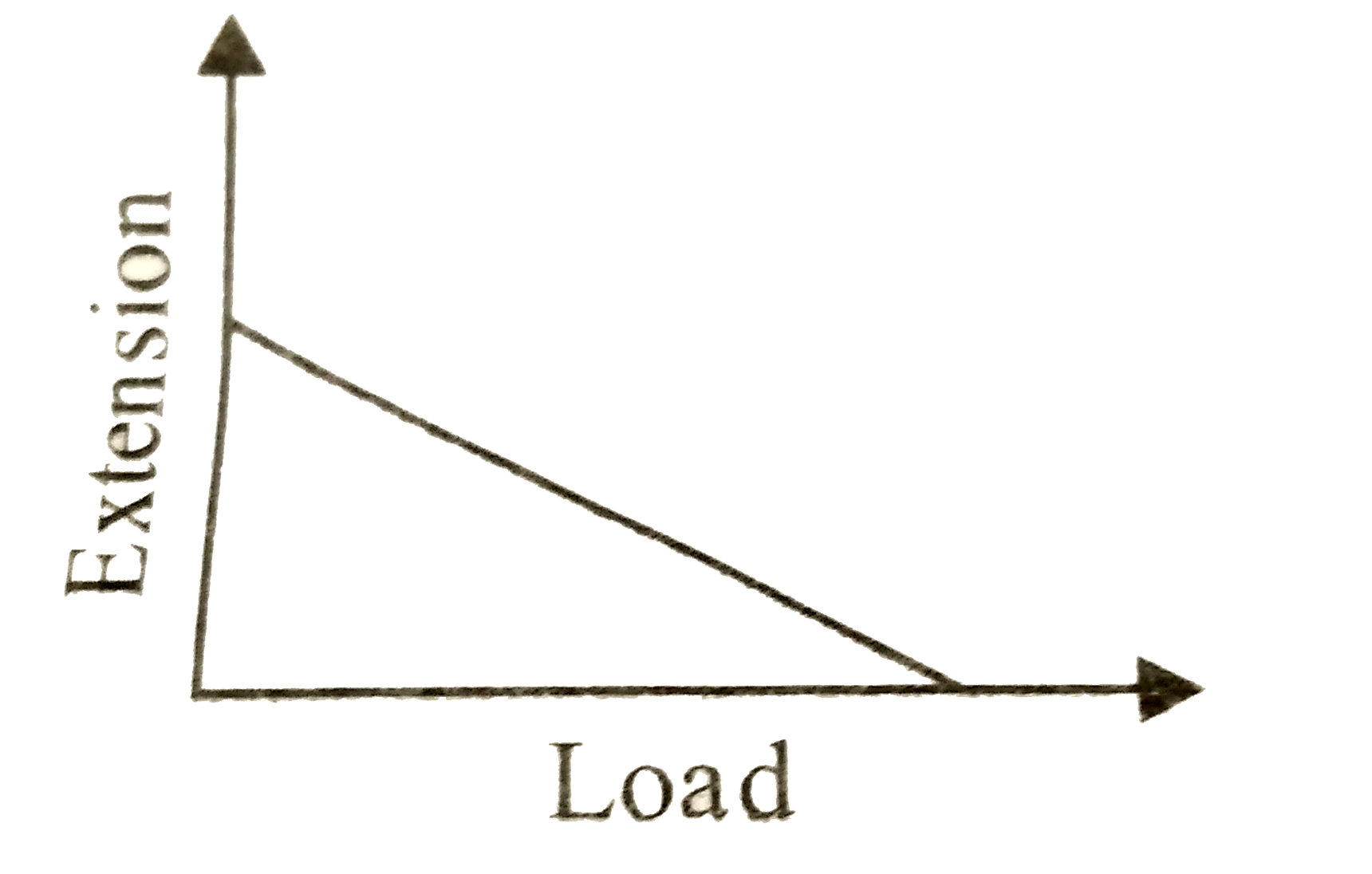
The area under force time curve gives
View SolutionArea under this given curve gives
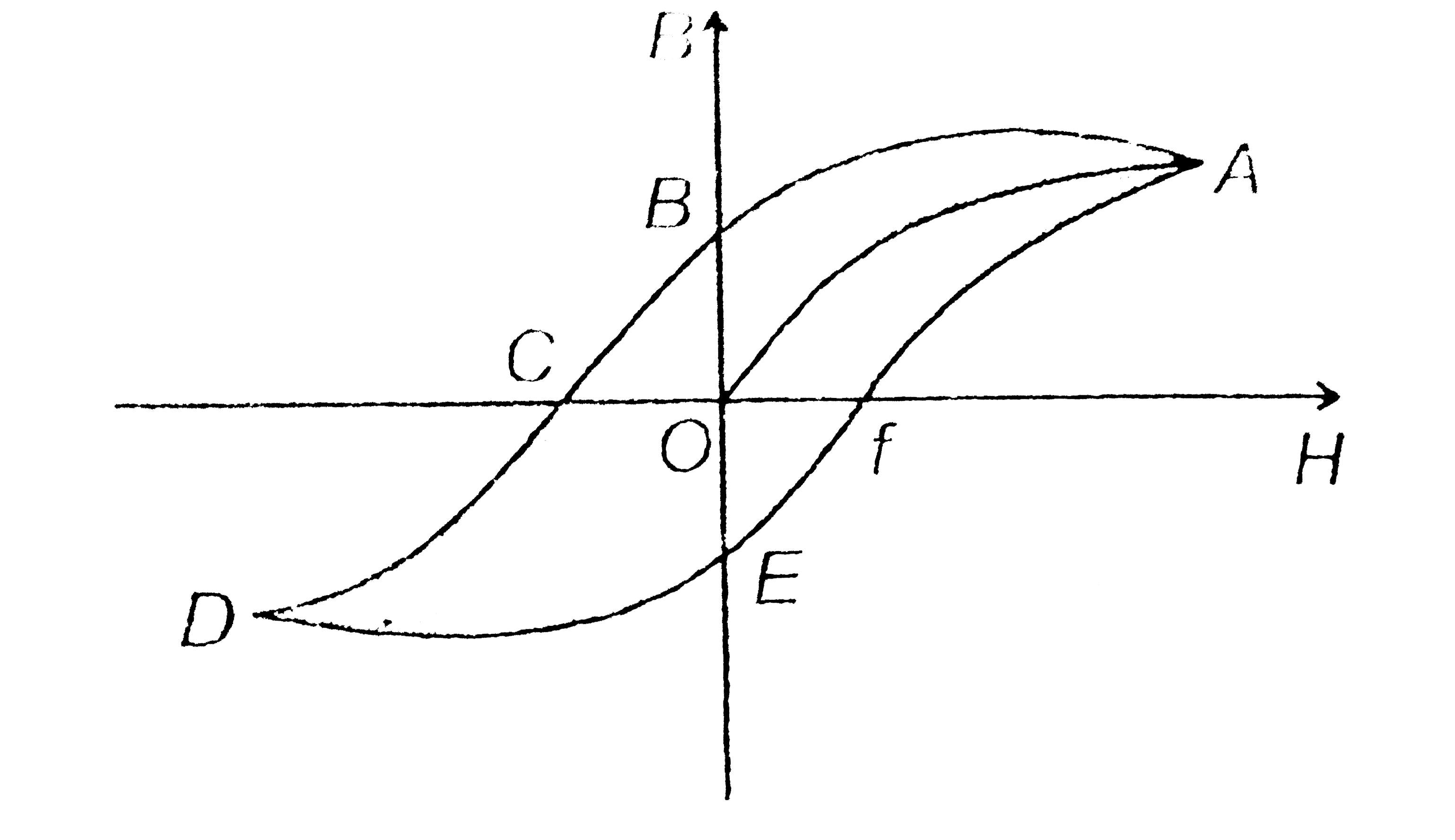 View Solution
View SolutionWhat is the significance of area of closed curve on P-V diagrams?
View SolutionA wire of length 1m and radius 1mm is subjected to a load. The extension is x.The wire is melted and then drawn into a wire of square cross - section of side 2mm Its extension under the same load will be
View SolutionThe length of a wire is increased by 1mm on the application, of a given load. In a wire of the same material, but of length and radius twice that of the first, on application of the same load, extension is
View SolutionTwo wires P and Q are equally thick and made of the same material but the length of Pis twice that of Q
(a) Which wire will have a greater extension for a given load ?
(b) Which one will undergo a greater strain ?View SolutionHow does the frequency of a vibrating wire change when the attached load is immersed in water.
View Solution


